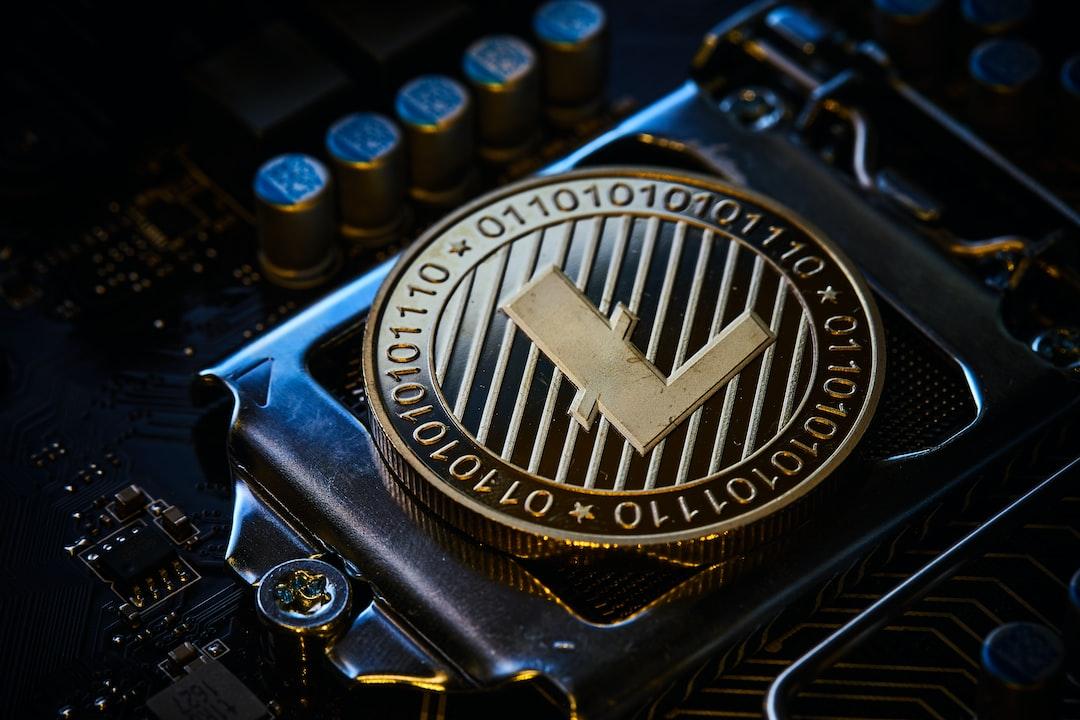Introduction to Aligned Layer: How to Enhance Zero-Knowledge Proof Applications through Verification
What is Aligned Layer? How does it improve the efficiency of “verification” and integrate with Ethereum for zero-knowledge proofs? Or why are these questions important? This article will briefly introduce the problems and positioning that Aligned Layer aims to solve in the industry.
(This article is not investment advice)
Table of Contents:
Toggle
What problems does Aligned Layer aim to solve?
The market has a demand for computation and verification of zero-knowledge proofs
Ethereum was not originally designed for zero-knowledge proofs
Generation has been done, but what about verification?
Introduction to Aligned Layer
Built on top of EigenLayer
Fast verification of SNARK paths
Aligned Layer does not use EVM
Potential use cases for Aligned Layer
Various applications such as zk-rollups, zkEVM, and zk Coprocessors continue to emerge, which indeed have the potential to improve the use cases and efficiency of the Ethereum network, but due to the limitations of the blockchain architecture, these applications cannot be fully utilized. The cost of computing and verifying zero-knowledge proofs is still high.
Advertisement – Continue reading below




Recommended Reading:
Introduction to zk Coprocessor, how to improve the user experience of blockchain products through data?
Reason for recommendation: This article introduces how coprocessors solve the problem of low efficiency in blockchain data access and introduces existing projects and architectures including Brevis and Axiom, which can help understand the new application of zk coprocessors and the context behind proof submission.
When Ethereum was launched in 2015, it was not designed for ZK, but as zero-knowledge proof technology becomes increasingly important for the Web3 industry, how to most efficiently incorporate Ethereum into these technologies has become more important.
The original design of Ethereum did not consider zero-knowledge proofs or validity proofs, so the efficiency of adding these things now is limited.
It is a slow and challenging process to continuously add related functions to the Ethereum protocol to improve the proof system.
This may increase the security risks of the network. The security of the system may be compromised by any verifier in the chain, and the security of the entire system depends on its weakest link. For example, if a pair-based proof system is involved, maintaining quantum resistance is not feasible.
(What if Ethereum is attacked by a quantum attack? Vitalik: Don’t worry)
The market has seen many infrastructure attempts to improve Ethereum’s computation and verification of zero-knowledge proofs. First of all, it should be known that zero-knowledge proofs involve two things: generation and verification, and the zk proof aggregation layer (also known as the zk shared proof layer) attempts to solve the computational cost of generating zero-knowledge proofs, but the verification cost after submitting the proof to Ethereum is still slow. Therefore, infrastructure for verifying Ethereum has emerged —— zk verification layer.


Zero-knowledge proofs generated are submitted to the mainnet for verification
(Source)
The goal of Aligned Layer is to provide “individuals or projects that submit zero-knowledge proofs” with another faster verification solution and to scale the “verification” of the last mile in the field of zero-knowledge proofs.
Recommended Reading:
Introduction to the shared proof layer, why it becomes an important cornerstone of modular development?
Reason for recommendation: This article clearly explains what the zk shared proof layer is and how it solves the high cost of generating zero-knowledge proofs, which can be used as a reference to gain a more comprehensive understanding of this issue when combined with this article.
Aligned Layer is an AVS built on top of EigenLayer, using a re-collateralization system to build the verification layer of zero-knowledge proofs.
Recommended Reading:
How will re-collateralization project EigenLayer change the Web3 infrastructure?
Reason for recommendation: This article comprehensively explains the design concepts of EigenLayer, what problems it solves, and its current development status, which can quickly understand its innovative product positioning and design architecture and also get to know the content of this article further.
Aligned Layer provides a verification solution that reduces time and cost expenses and allows developers to choose whether to wait for the proof to be verified on Ethereum or choose to submit the proof to Aligned Layer for fast soft verification. When Ethereum completes the verification of a single zero-knowledge proof packaged through Aligned Layer on the mainnet, it further obtains finality.


Operating architecture of Aligned Layer
(Source)
The team stated that they do not favor any specific type of zk-SNARK proof and will support any development involving zero-knowledge technology. The goal of Aligned Layer is to make the verification of any SNARK proof as efficient as possible, and the security of Ethereum verifiers will not be limited by its technology in the future.
The goal of the Aligned Layer team is to transform Ethereum into an efficient and cost-effective SNARK verification platform.
In addition, Aligned Layer can also use other Data Availability layers (DA) to further reduce proof storage costs.
The team stated that EVM was not designed for ZK verification, so most verifications are expensive. On the other hand, the current EVM cannot handle operations in each block exceeding 30,000,000 Gas.
Therefore, in order to improve verification efficiency, Aligned Layer will use a node-local virtual machine instead of EVM.
The Aligned Layer team believes that by improving efficiency, it is possible to verify proof systems in Ethereum that are not feasible, such as large-scale zero-knowledge proofs.
The team believes that by building a new settlement layer, Aligned Layer can achieve fast finality (soft verification), which can improve the operational efficiency of many services based on zero-knowledge proofs, such as application chains (based on zk-rollups), fast cross-chains (based on zk proof communication), oracles (based on zk proof communication), and coprocessors (based on providing zk proofs).
(Near and EigenLayer create a fast settlement layer SFFL to achieve Layer2 fast communication)
(This article is not investment advice)
Aligned Layer
ZK Coprocessor
Zero-knowledge proof

Further reading:
Introduction to the shared proof layer, why it becomes an important cornerstone of modular development?
Introduction to zk Coprocessor, how to improve the user experience of blockchain products through data?
